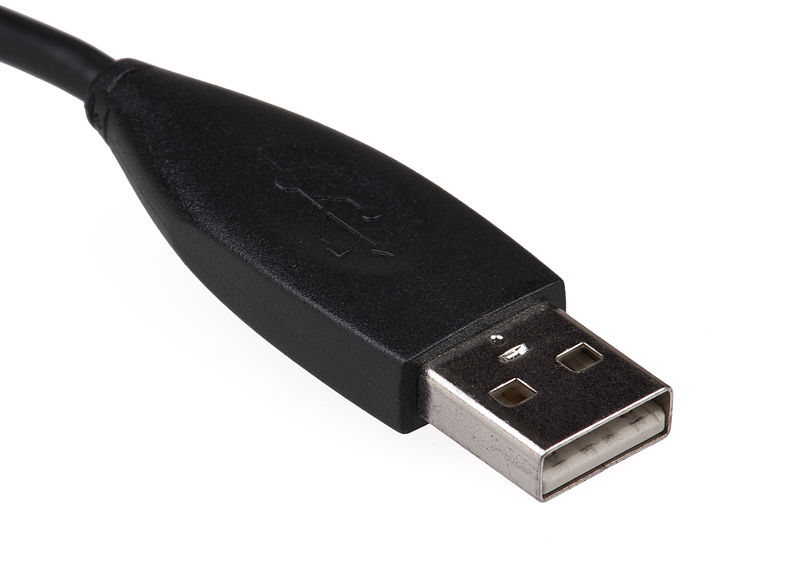BY MELISSA SUE SORRELLS GALLEY
If you've ever set up a printer, used a flash drive or set up an external hard drive, you've probably used Universal Serial Bus (USB). It is easily the most successful peripheral interface in the history of personal computing.

USB ports on a laptop computer (via: gtc.edu)
Created with simplicity in mind by a consortium of tech companies in the mid-1990s, USB was conceived to enable the easy transfer of data through a direct connection, replacing the messy assortment of ports and wires on many computers.
This fast, bidirectional interface got a bit of a facelift in 2008, when a new specification was announced, promising to increase the data transfer rate and to decrease power consumption. The new protocol, called USB 3.0 SuperSpeed, is still compatible with pre-existing USB ports and wires but delivers 10x the data transfer.
The first USB 3.0 devices were introduced in 2010 and became standard in 2012, but they didn't revolutionize the personal computing landscape. As consumers continue to expect more and more from their computers and peripheral accessories, they continue to expect more and more from their USB connections, as well.

USB connector (via: msu.edu)
During the Consumer Electronics Show in January 2013, the USB 3.0 Promoter Group announced that new protocols are being designed to double the data-transfer speed of USB 3.0 from 5 gigabits per second to 10 gigabits per second. The new protocol will additionally allow USB to carry electrical current, increasing its function as a charging and powering device.
The group expects that the first, “Super Duper Speed” USB-enabled devices will be available in 2014, and the USB connector itself will remain the same rectangular shape. As a result, new cables may be necessary to take advantage of the faster speeds, but old cables will continue to work as they ever have.
Are you looking forward to even faster USB capabilities? What kinds of things do you hope to see with the new technology? Let us know in the comments section below.
Advertisement
Learn more about Mouser Electronics





